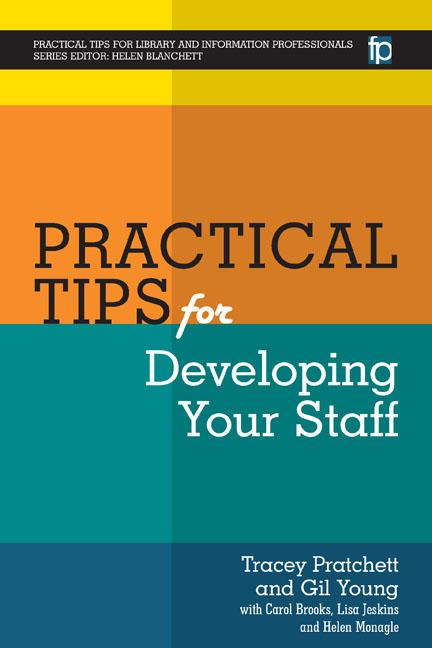Book contents
- Frontmatter
- Contents
- List of figures and tables
- Acknowledgements
- The authors
- List of abbreviations
- Series Editor's introduction
- Introduction
- Section 1 Theories
- Section 2 Infrastructure
- 11 Why develop staff?
- 12 Workforce planning
- 13 Job descriptions
- 14 Person specifications
- 15 Advertisements
- 16 Shortlisting
- 17 Interviews
- 18 Interviews – presentations and tests
- 19 Interviews – feedback
- 20 Inductions
- 21 Managing performance
- 22 Team development plans
- 23 Appraisals – preparing
- 24 Appraisals – conducting
- 25 Setting objectives
- 26 One-to-ones
- 27 Feedback – general
- 28 Team building
- 29 Team meetings
- 30 Sharing learning with the team
- 31 Writing references
- 32 Exit interviews
- 33 Effective handover
- Section 3 Activities and tools
- Index
32 - Exit interviews
from Section 2 - Infrastructure
Published online by Cambridge University Press: 09 June 2018
- Frontmatter
- Contents
- List of figures and tables
- Acknowledgements
- The authors
- List of abbreviations
- Series Editor's introduction
- Introduction
- Section 1 Theories
- Section 2 Infrastructure
- 11 Why develop staff?
- 12 Workforce planning
- 13 Job descriptions
- 14 Person specifications
- 15 Advertisements
- 16 Shortlisting
- 17 Interviews
- 18 Interviews – presentations and tests
- 19 Interviews – feedback
- 20 Inductions
- 21 Managing performance
- 22 Team development plans
- 23 Appraisals – preparing
- 24 Appraisals – conducting
- 25 Setting objectives
- 26 One-to-ones
- 27 Feedback – general
- 28 Team building
- 29 Team meetings
- 30 Sharing learning with the team
- 31 Writing references
- 32 Exit interviews
- 33 Effective handover
- Section 3 Activities and tools
- Index
Summary
AN EXIT INTERVIEW occurs when an employee has handed in their notice. It is an opportunity for you to formally obtain structured feedback from them about your performance as a manager, their working environment and any other issues which may have contributed to their reasons for leaving (Schachter, 2005).
It is good practice to offer all employees who leave your service the opportunity to have an exit interview before their final day; ideally this should be arranged as soon as they hand in their notice. Most organizations will have a procedure or policy to guide you through the process (Schachter, 2005), so in the first instance contact your HR or Personnel department to find the relevant documentation. If your organization does not provide guidance, use the following tips and resources to develop your own process.
The exit interview provides the employee with the opportunity to feed back to you retrospectively about:
• their experience of working in the LKS
• their reasons for leaving the job
• their experiences of the working environment
• their perceptions of leadership
• any ‘tacit’ knowledge or information which they hold which is valuable to your service
• any issues or problems that they have encountered whilst working within the service.
As an employer, you can use this information to:
• learn lessons about why people are leaving
• ensure that any issues identified, which are within your control, are included in your LKS plan
• improve the recruitment process for new staff
• make changes which will benefit the remaining team
• reduce high turnover of staff and loss of talent from your service
• log and retain ‘tacit’ knowledge of outgoing staff to ensure effective handover and service delivery
• reduce the costs of recruitment for the organization (CIPD, 2006)
• demonstrate to your team that you are interested in them and prepared to make improvements (Schachter, 2005).
Reder (2013) indicates that in order for a successful exit strategy to be incorporated into your LKS a number of factors should be considered. The exit interview is a voluntary option but you should encourage outgoing employees to attend. As with any interview or meeting, it is important to arrange a time and place which suits the employee and ensures they are comfortable, to allow an honest and open discussion.
- Type
- Chapter
- Information
- Practical Tips for Developing Your Staff , pp. 74 - 77Publisher: FacetPrint publication year: 2016

